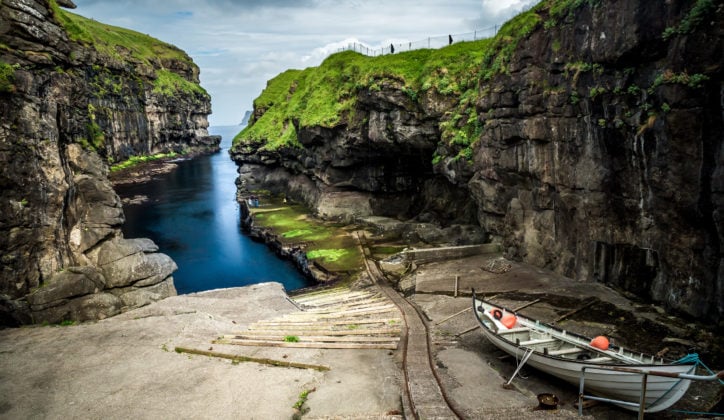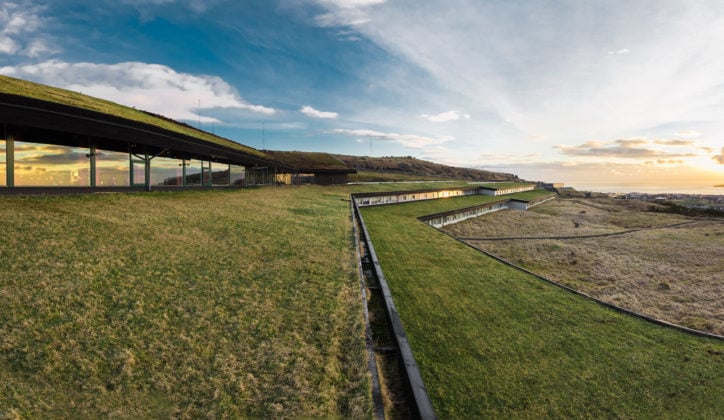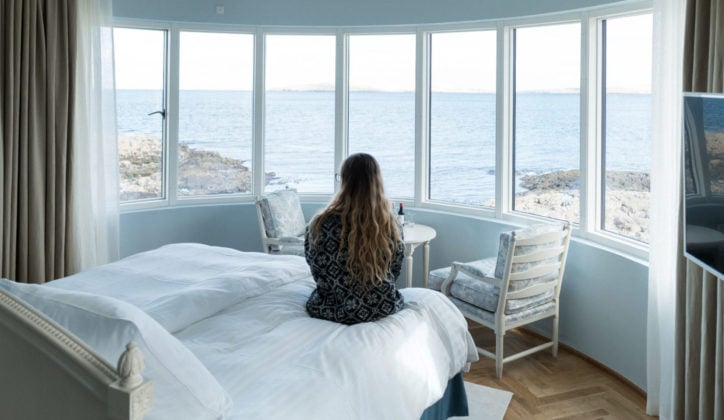Halfway between Scotland and Iceland and scattered across the North Atlantic Ocean are the Faroe Islands. This chain of 18 volcanic islands often falls under the radar but those who venture to the archipelago are rewarded with sublime scenery, incredible wildlife and warm and welcoming people, eager to show you their way of life.
A self governing nation under the sovereignty of Denmark, these islands have their own very distinct identity and a proud Faroese culture. The name Faroe Islands first appeared as Faereyjar, meaning ‘sheep islands’ – not a surprising name given sheep outnumber the human population of 50,000. All but one of the islands are inhabited, with roughly half the islanders living in the capital, Tórshavn. 18 may sounds like a lot, but the islands are well connected by roads, bridges and tunnels making exploration a fun and manageable task.
When it comes to scenery, the Faroe Islands really deliver. Lush green valleys, sheer cliffs and rolling moorland make this a veritable playground for hiking, cycling, climbing and horse riding. The abundance of water also makes this a wonderful place to kayak and rappel. The towns and villages themselves are picture perfect with wooden churches and clusters of colourful houses, some with idyllic grass roofs.
Being an isolated archipelago has meant the Faroese are a dab hand at making the best of what they have. And, when it comes to food, they don’t just get by – they thrive. The foodie scene in the Faroe Islands is astounding, food having always been incredibly important. There are some great restaurants demonstrating the islands’ rich culinary heritage with fermented meat and fish featuring heavily, alongside root vegetables, herbs and wild plants.
A trip to the Faroe Islands is to discover a truly unique part of the world. For those with a keen sense of adventure and a interest in culture, this is a destination that should be firmly on your bucket list.
When to go
While the weather is fairly mild year-round, to experience the best of the Faroe Islands, plan to visit in summer between May and September.
What to do
- Hike, bike and horse ride through the incredible scenery
- Birdwatching - over 300 bird species have been recorded in the Faroe Islands
- Visit traditional towns and villages and get an insight into Faroese culture
- Tuck into traditional Faroese cuisine - including dried fish and fermented lamb
Itineraries including Faroe Islands
Accommodation in Faroe Islands
Here are some of our travel designers' favourite options

















